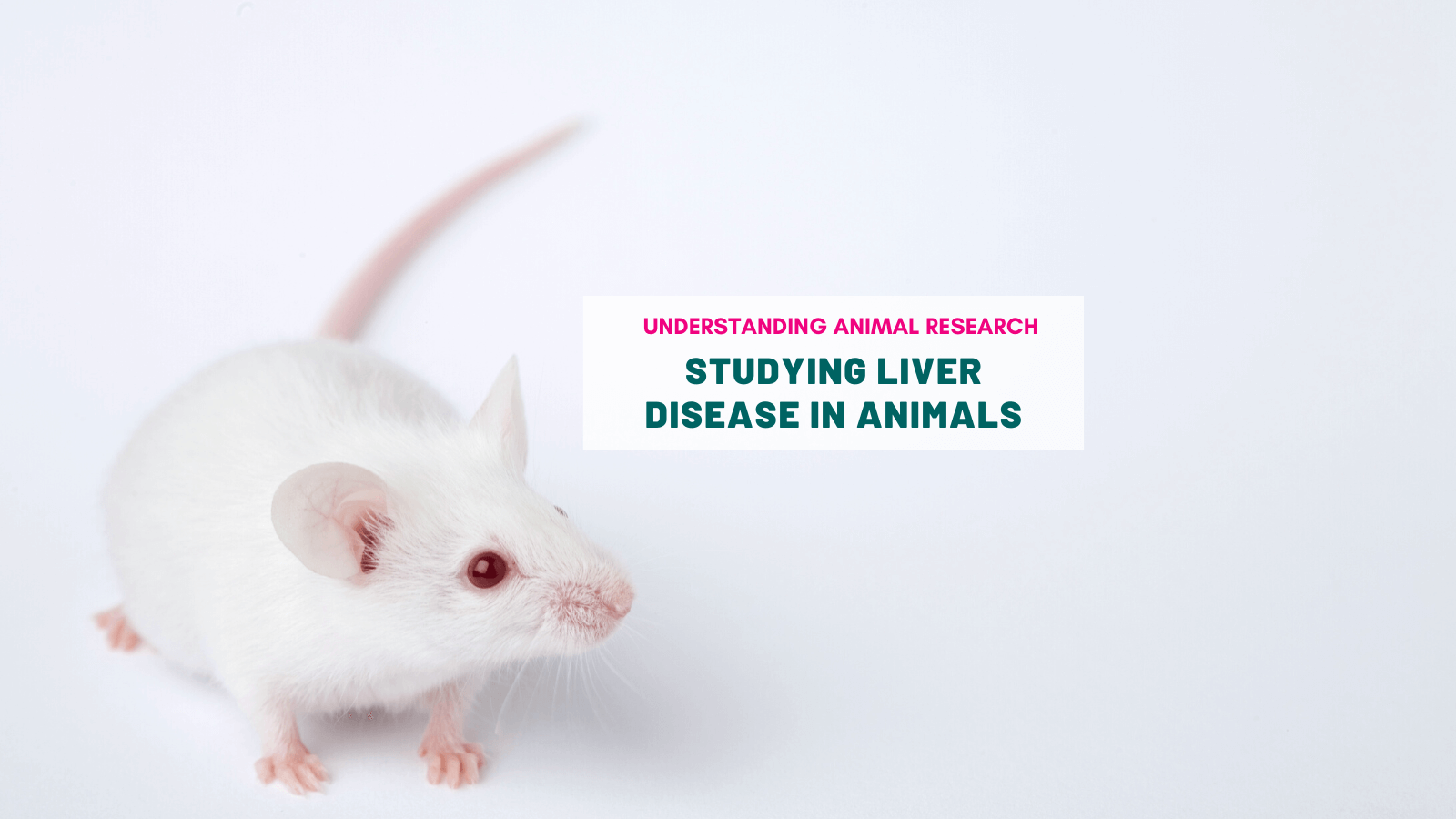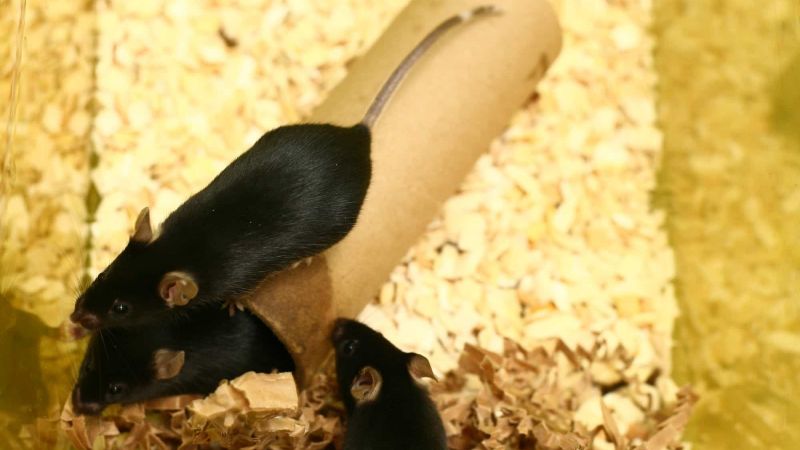This January, we are observing Love Your Liver Month which was created by the British Liver Trust. Love Your Liver Month was created to increase awareness on the more than 100 different liver diseases that affect people worldwide and why we must continue developing safe and effective treatments for these diseases.
The liver is the second largest organ in the body and possibly one of the most underrated organs, because the liver is just as important and vital an organ as the heart or the lungs. This fascinating multi-tasker can take on over 500 different functions for the body to keep us alive. It processes and breaks down digested food but can also remove toxins, such as alcohol, from the body, control cholesterol level, reduce blood clots, and fight infections and illness.
What is liver disease?
When the liver is diseased, it can cause a series of different syndromes. In fact, the term liver disease encapsulates over 100 different types of disease, which together affect at least 2 million people in the UK. Liver disease is the third leading cause of premature death in the UK and unfotunately, cases have been on the rise for the last 3 decades. Since 1970, deaths due to liver disease have increased by 400%.
What causes liver disease?
The increase in liver disease is particularly unfortunate as it is 90% preventable. The three major causes are drinking alcohol, obesity and viral hepatitis. Reducing alcohol intake or changes in diet are often enough to reverse liver damage before it is too late. But sadly, people with liver disease often don’t have any symptoms until the disease has progressed and it’s far too late for current treatments to take effect.
Can we study liver disease in animals?
Considering the high prevalence of liver disease worldwide, it has become crucial to better understand the disease in order to identify potential biomarkers, therapeutic targets and novel drugs. Non-animal methodologies (NAMs) don’t encapsulate fully the multiple roles the liver can play in the body. As such, animal models of alcohol-related (AFLD) and non-alcoholic fatty liver disease (NAFLD) but also alcohol-related (ASH) and non-alcoholic (NASH) steatohepatitis, and advanced chronic liver disease (ACLD) take on an essential role in scientific research and discoveries in the field.
Discover the different animal models of liver disease on animalresearch.info
Last edited: 31 January 2023 12:19



